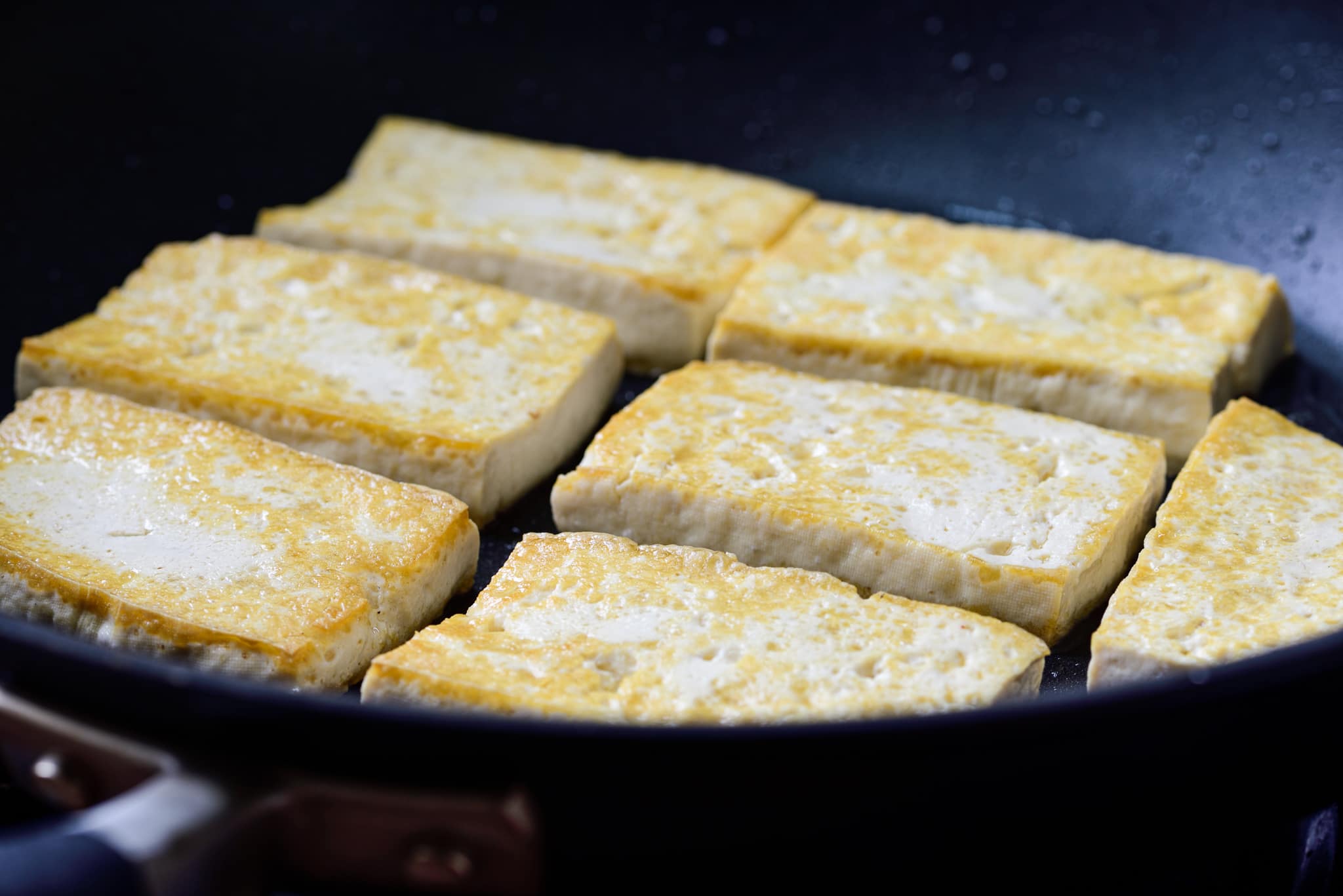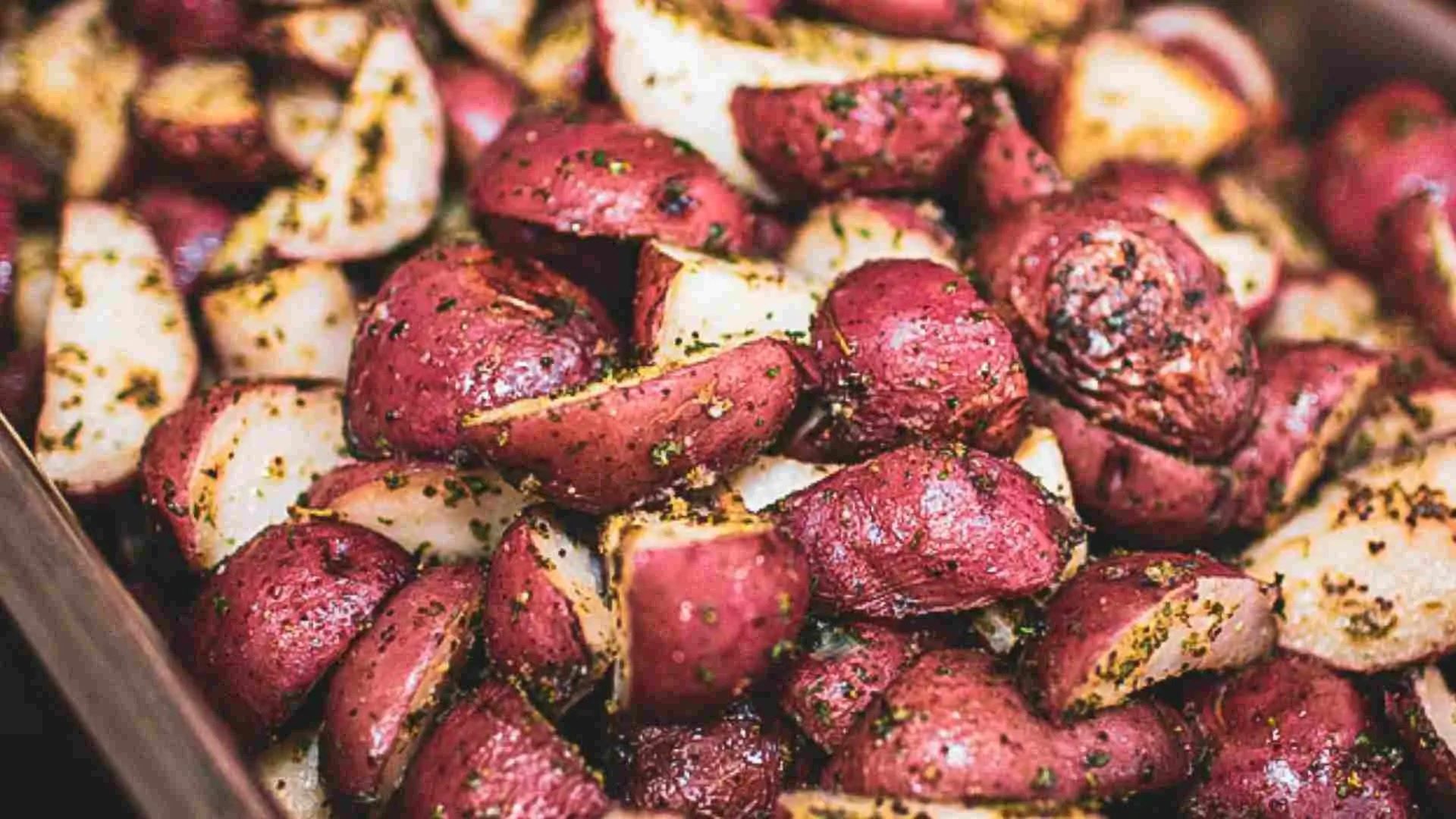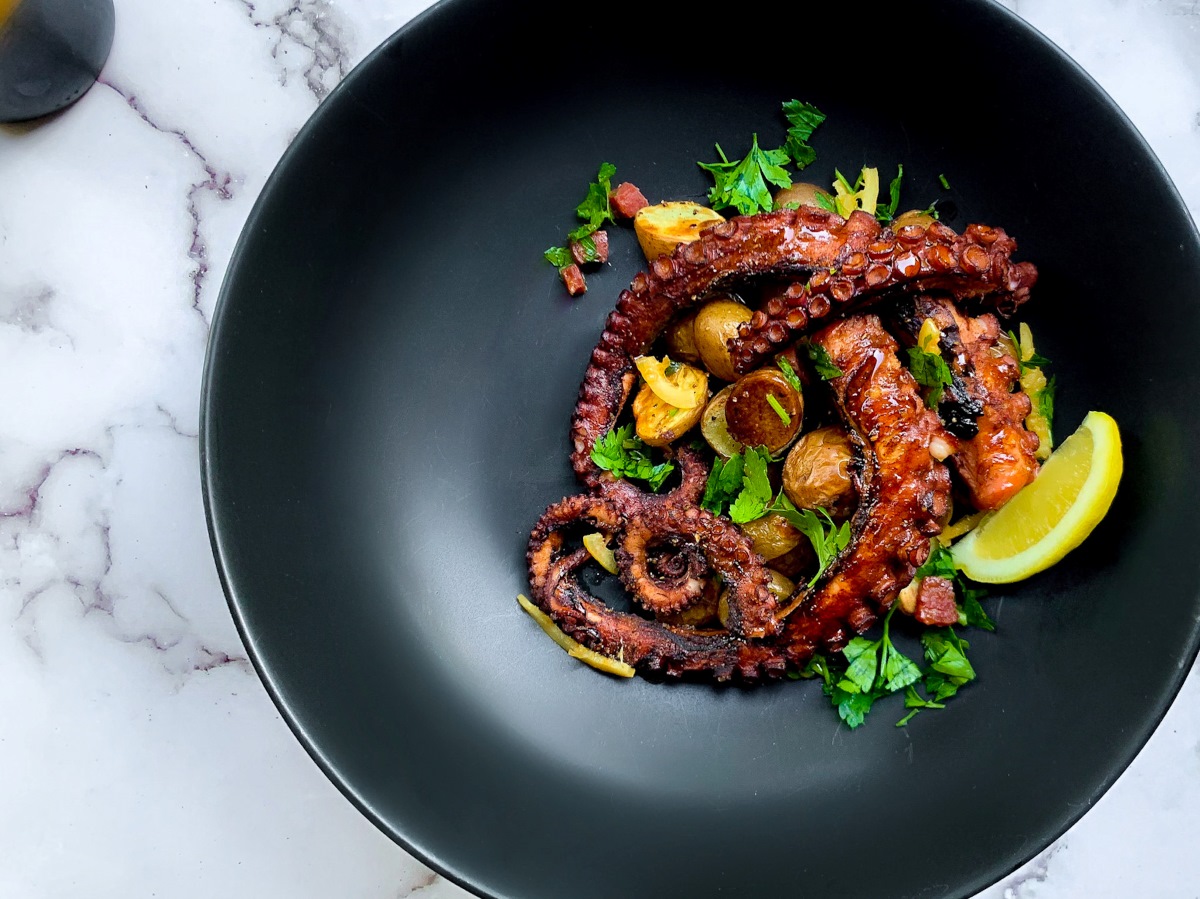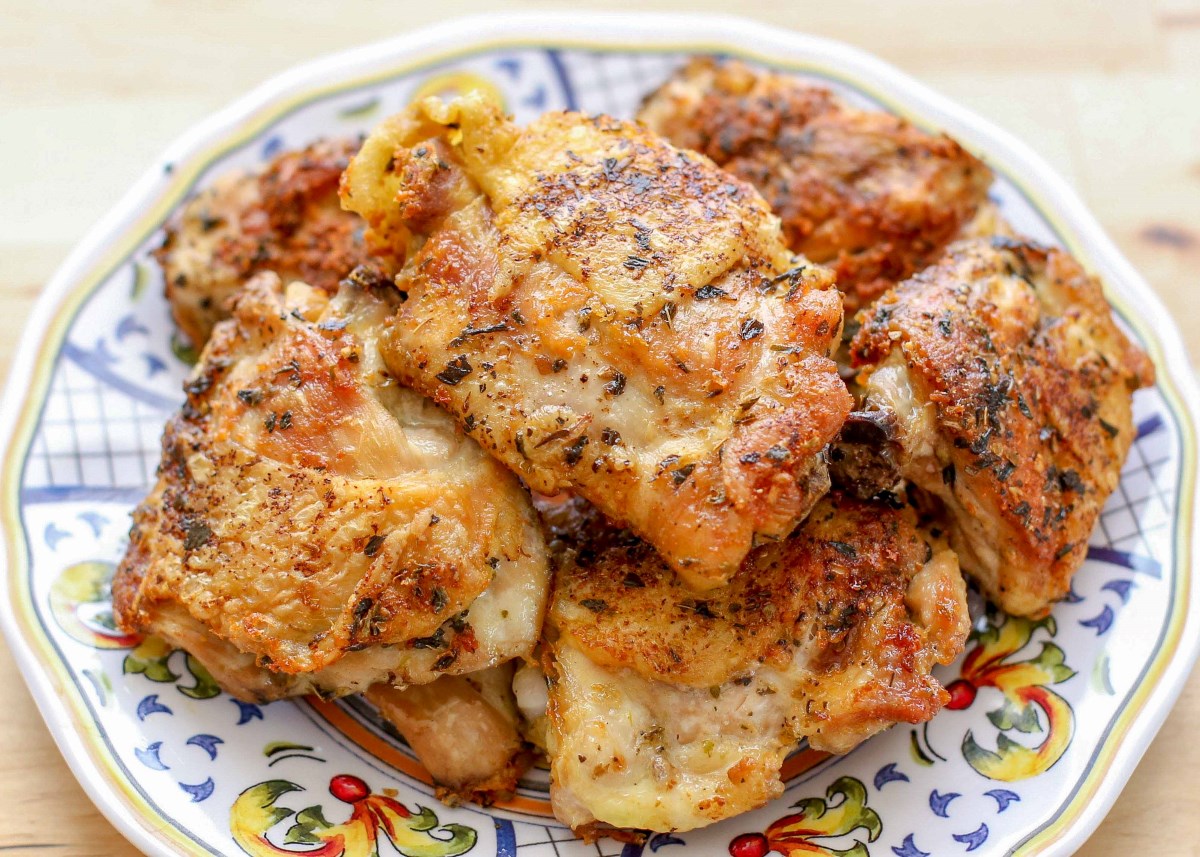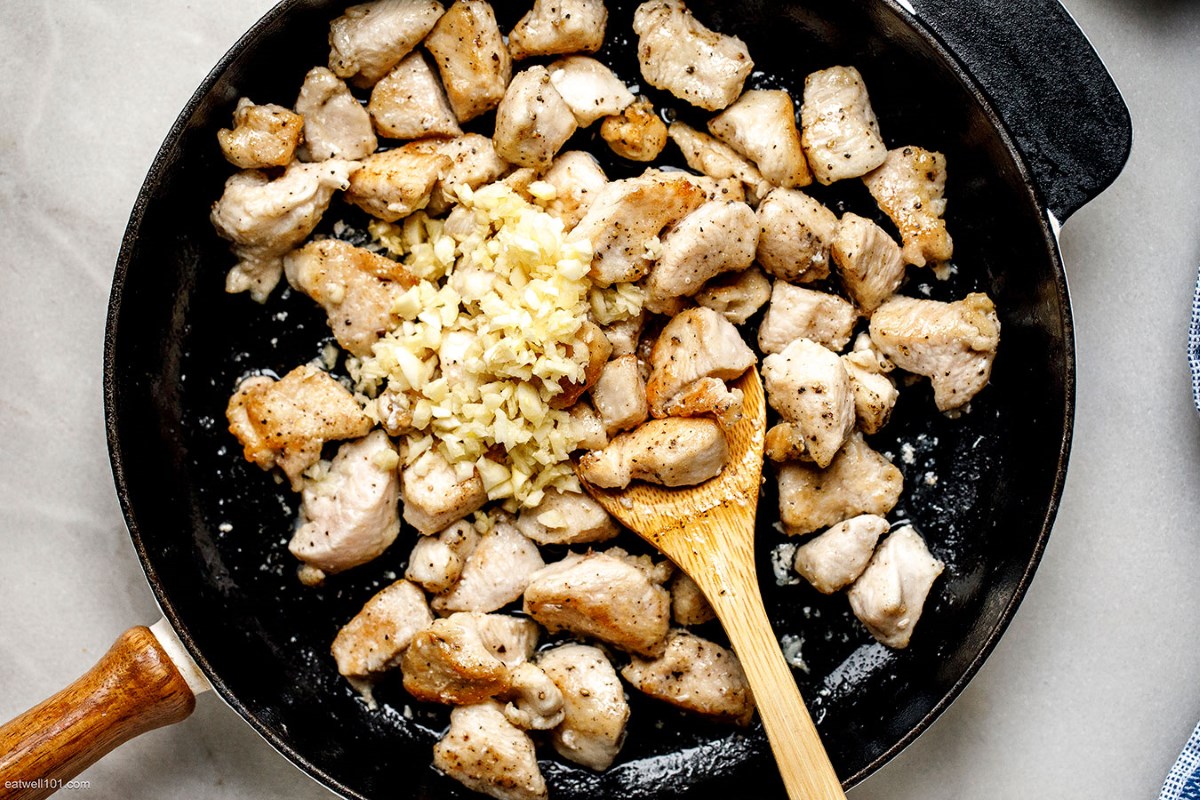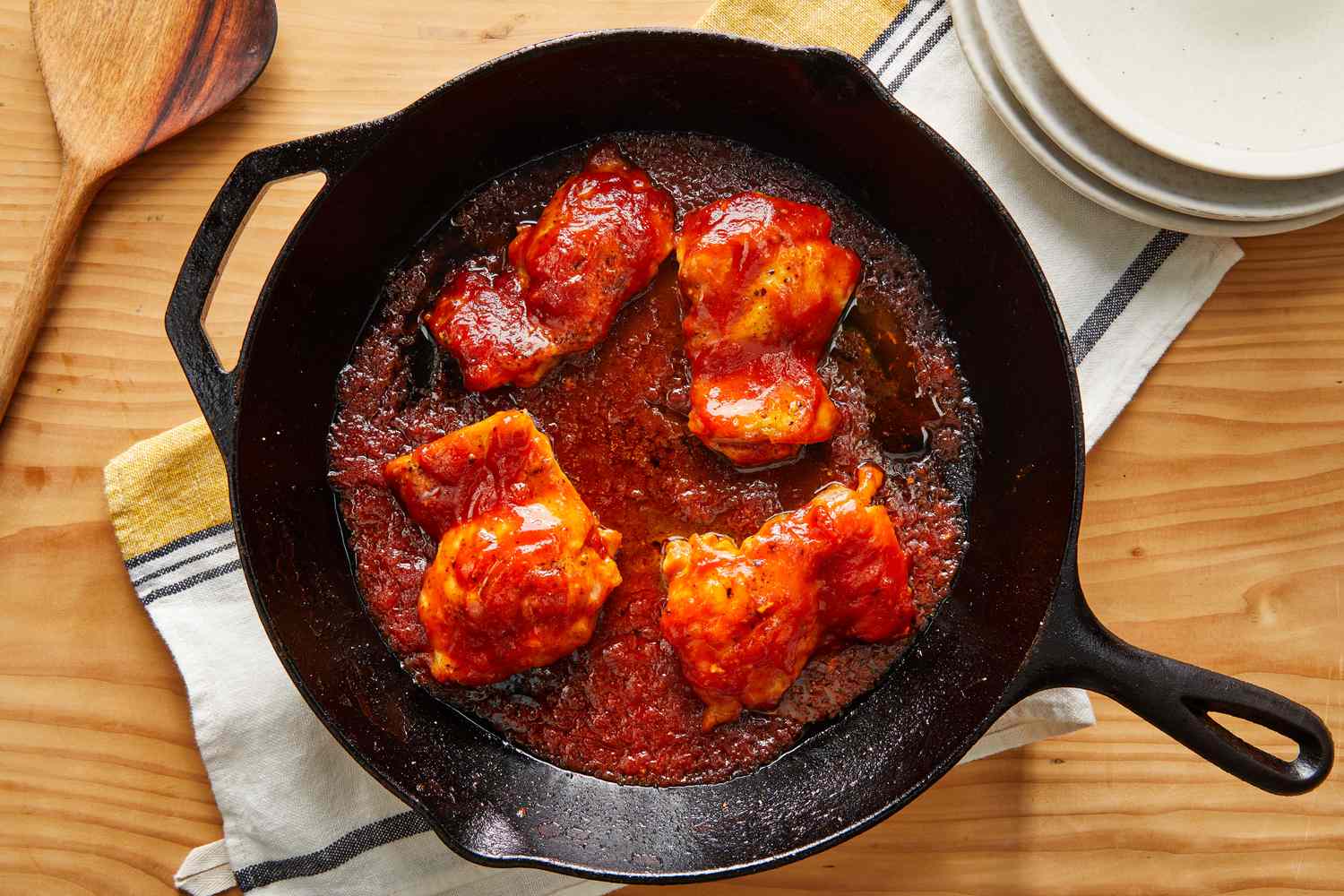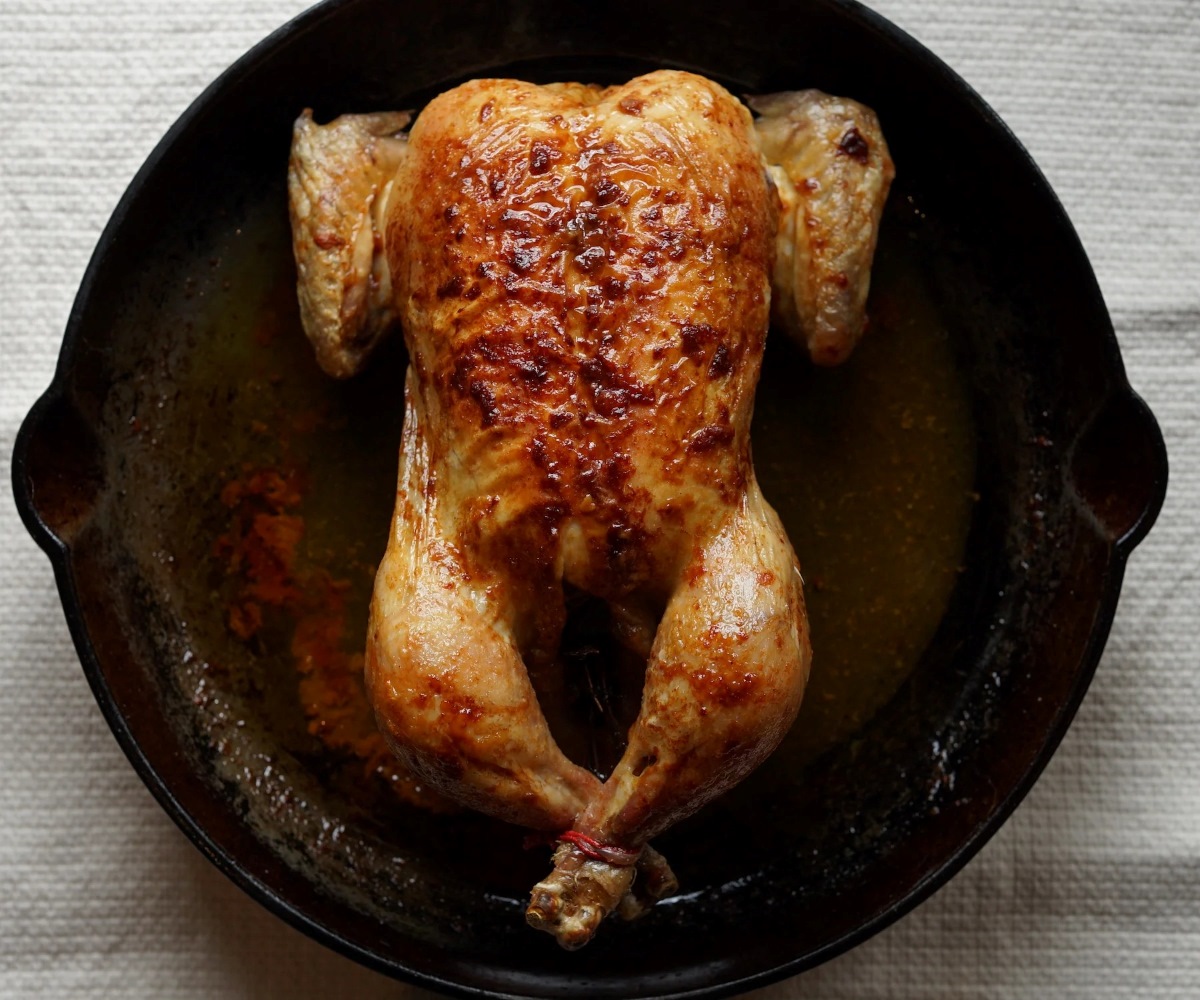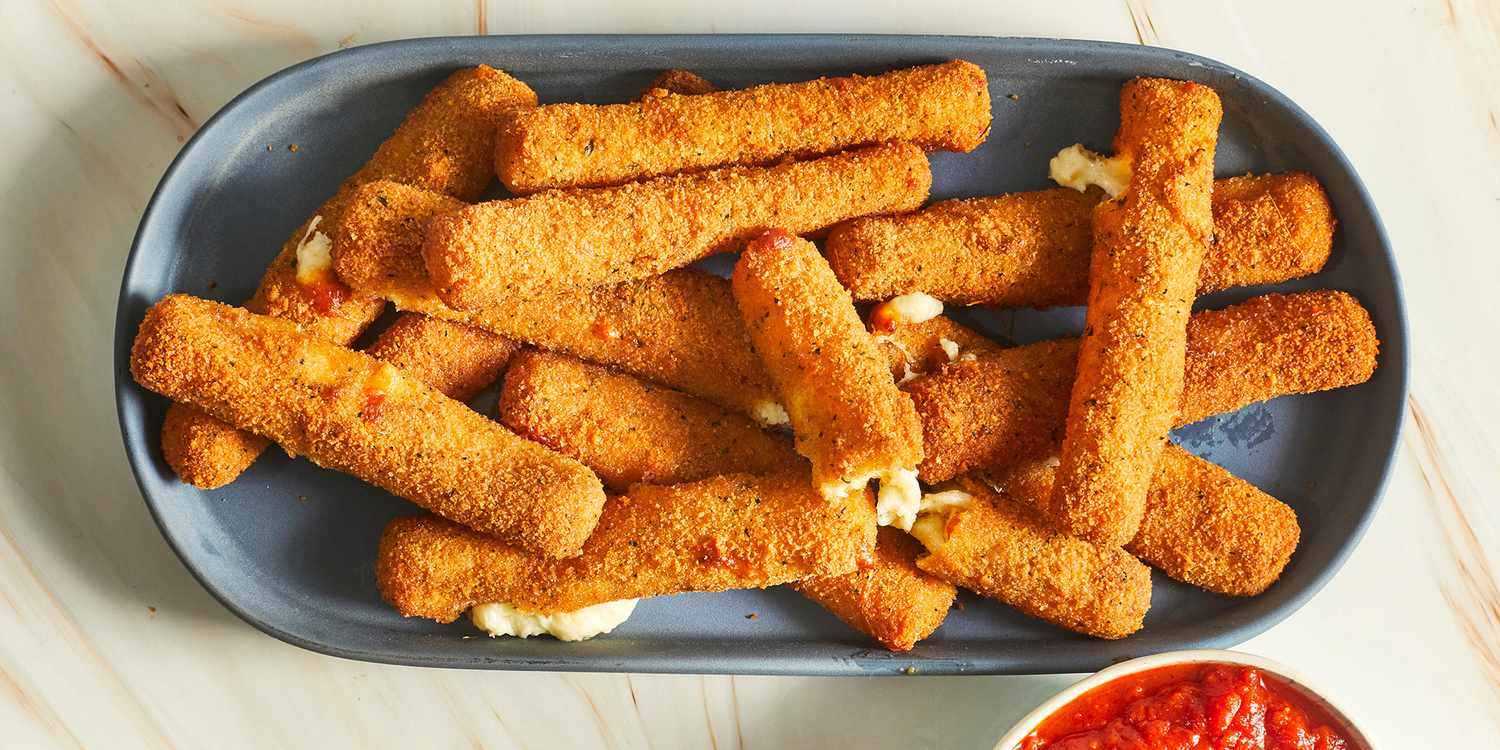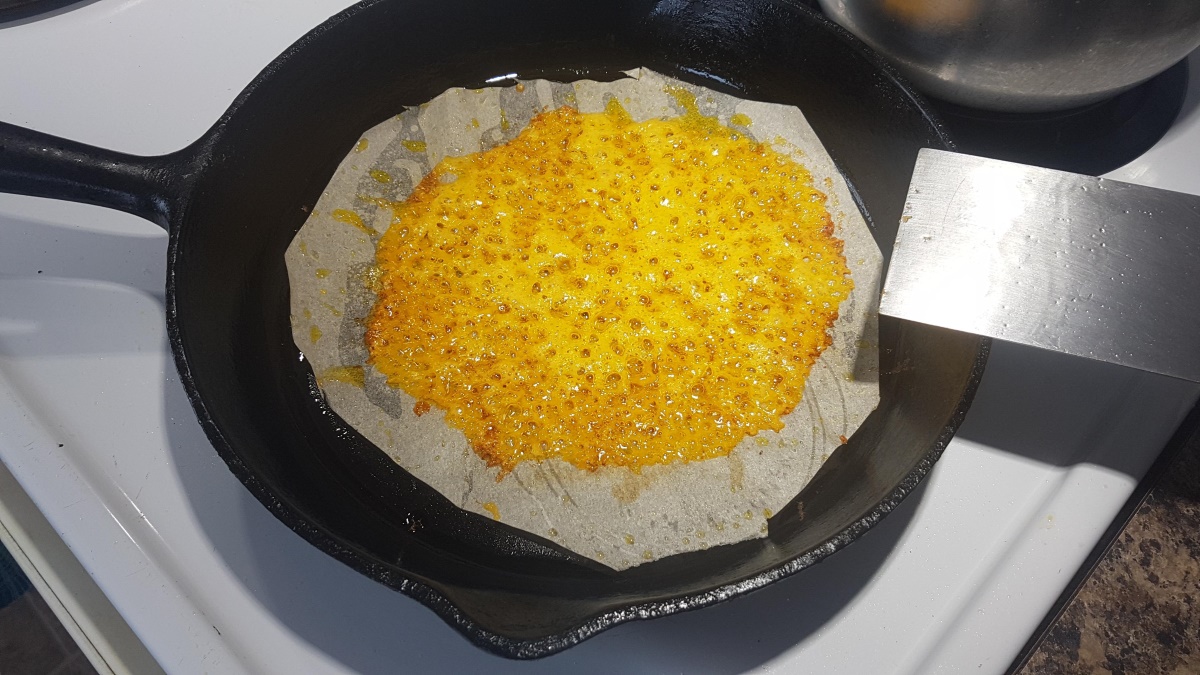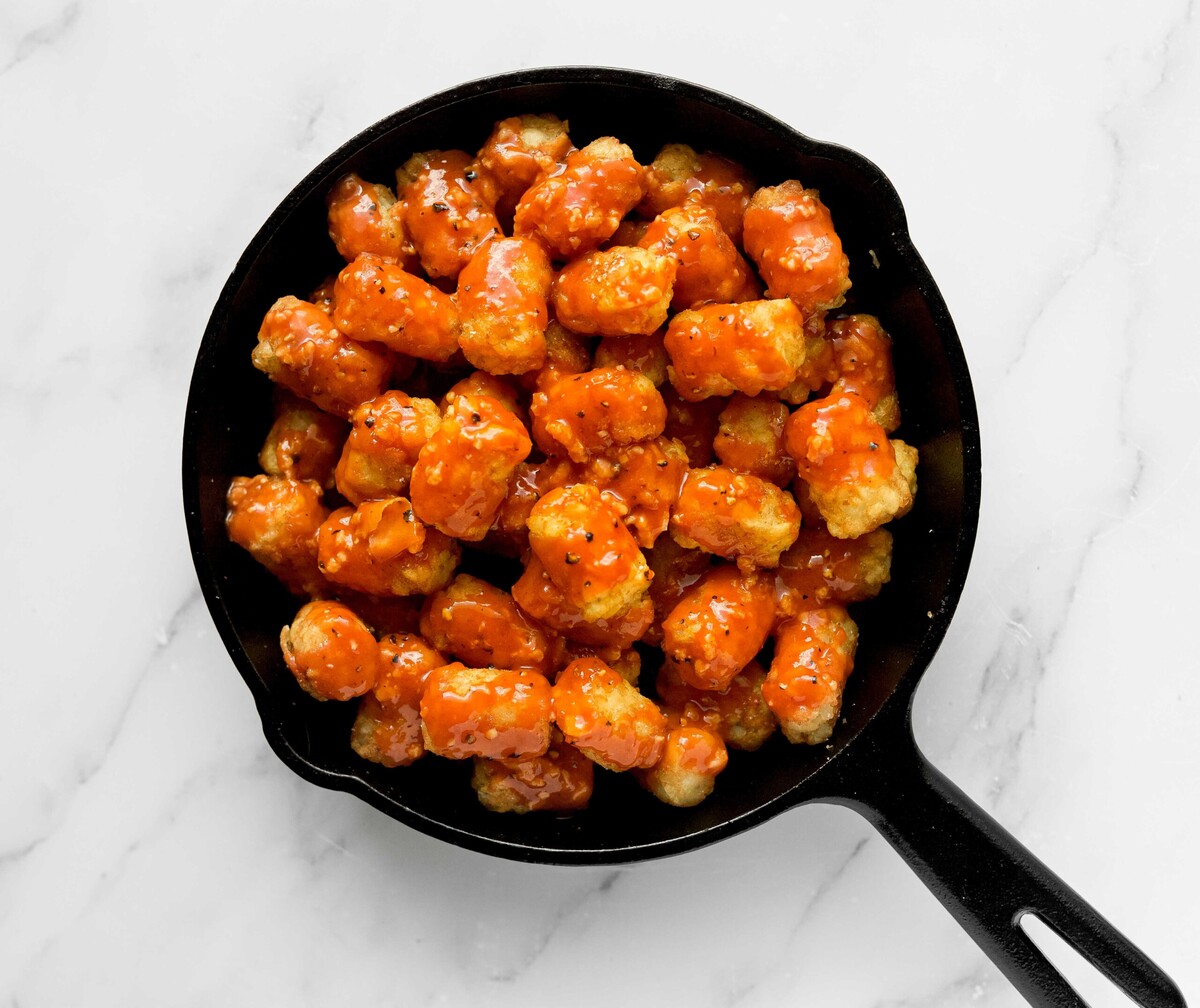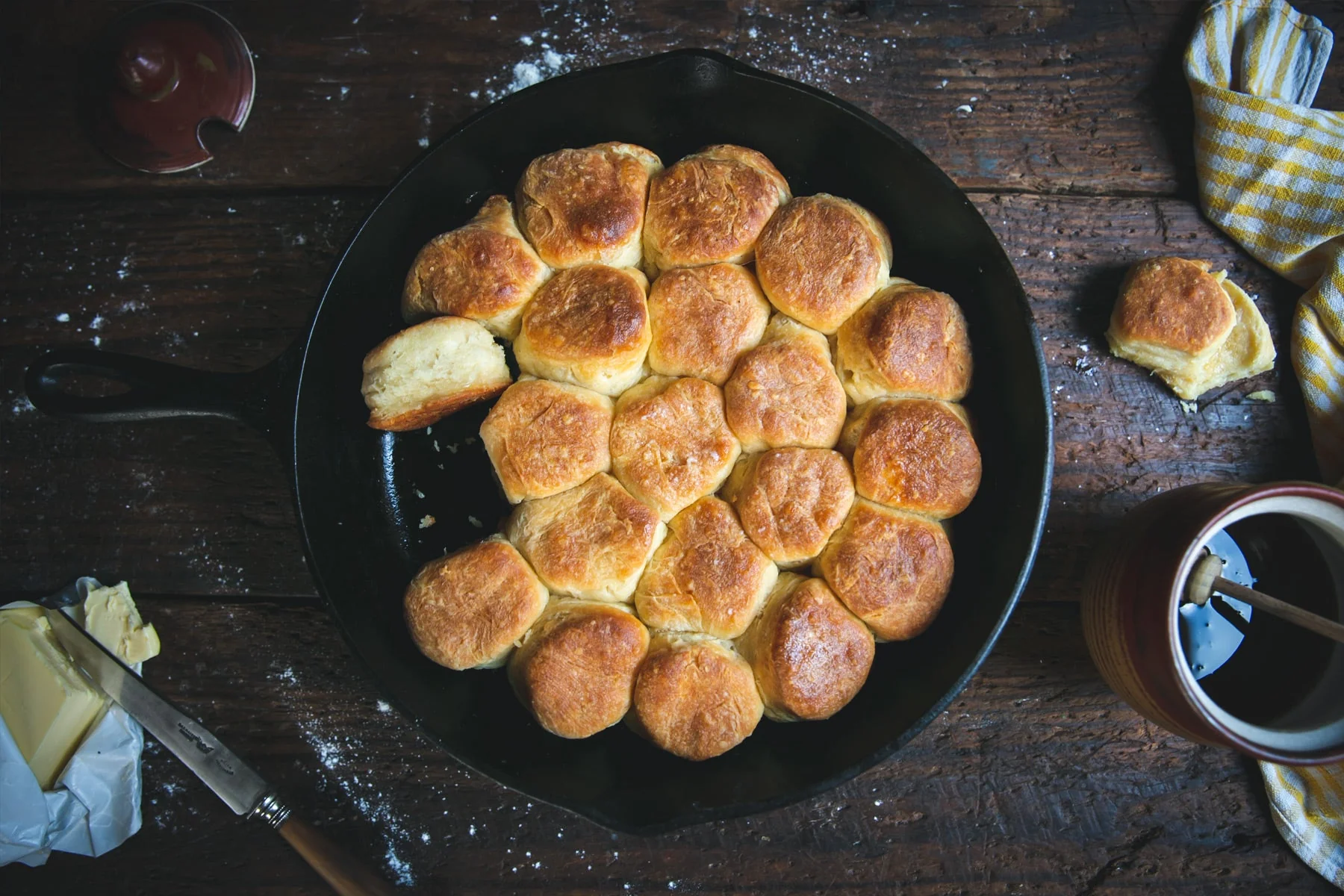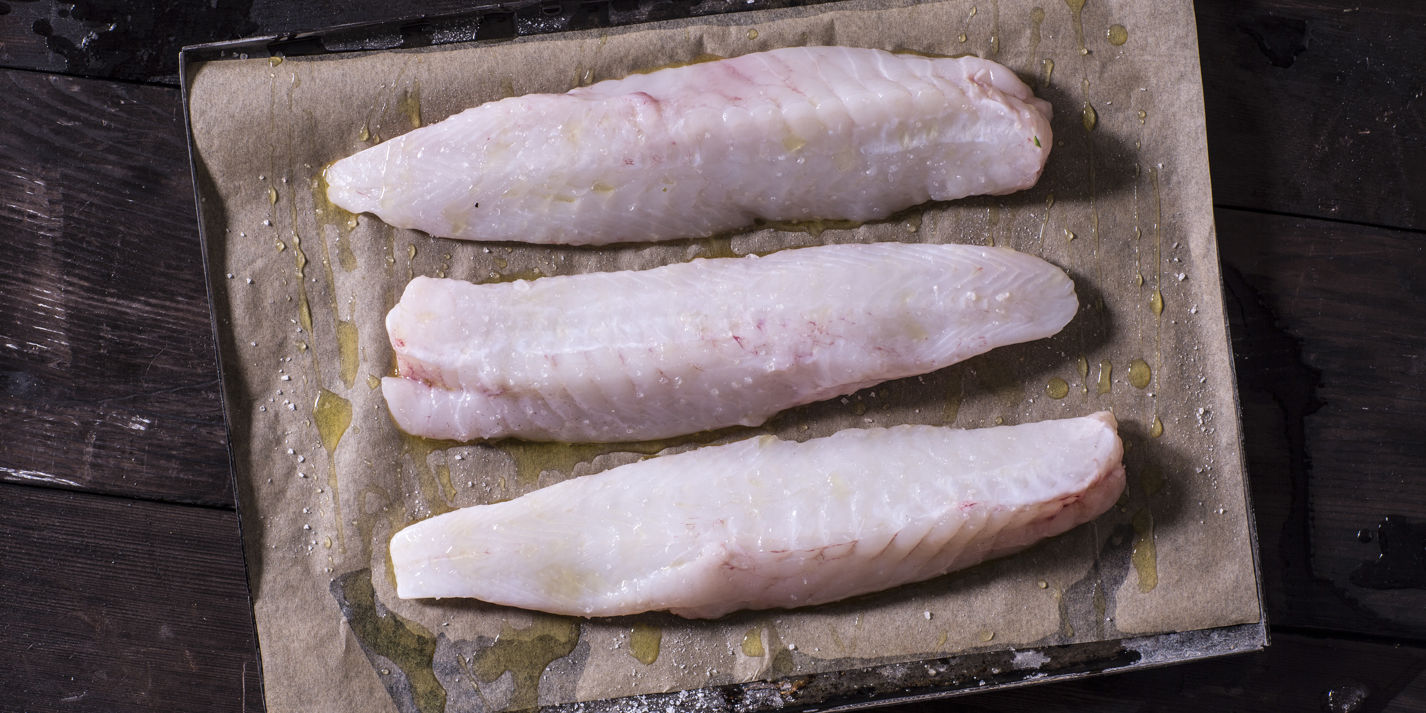Pan-frying chicken in flour transforms simple ingredients into a golden, crispy delight. This method, favored for its simplicity and delicious results, involves coating chicken pieces in seasoned flour before cooking them in hot oil. Achieving that perfect crunch on the outside while keeping the inside juicy requires a bit of know-how. From choosing the right cuts to mastering the ideal frying temperature, this guide will walk you through each step. Whether you're a seasoned cook or new to the kitchen, mastering pan-fried chicken will add a versatile dish to your culinary repertoire. Let's get started on this mouth-watering journey.
Gather Your Ingredients
- Chicken breasts (4, boneless and skinless)
- Salt (to taste)
- Black pepper (freshly ground, to taste)
- All-purpose flour (1 cup for dredging)
- Paprika (1 teaspoon, optional for added flavor)
- Garlic powder (1/2 teaspoon, optional for a hint of garlic)
- Olive oil or butter (3 tablespoons, for frying)
Essential Tools for Perfect Pan-Fried Chicken
- Skillet (preferably cast iron for even heating)
- Measuring cups and spoons
- Tongs (for flipping the chicken)
- Plate (lined with paper towels for draining)
- Whisk (for mixing the flour and seasonings)
- Shallow dish (for dredging the chicken in flour)
- Instant-read thermometer (to ensure proper internal temperature)
Pan frying chicken in flour requires medium heat, ensuring even cooking. Coat chicken lightly in seasoned flour, shaking off excess. Fry until golden brown, turning once for a crispy exterior.
The Secret to Perfectly Pan-Fried Chicken
Pan frying chicken in flour creates a crispy exterior while keeping the meat juicy and tender. This method, favored for its simplicity and quick cooking time, transforms ordinary chicken into a delightful dish. Flour acts as a barrier, locking in moisture and adding a golden crust that's irresistibly tasty.
Your Step-by-Step Guide to Pan Frying Chicken in Flour
Step by Step Guide: How To Pan Fry Chicken In Flour
-
Gather Ingredients
- Chicken pieces
- All-purpose flour
- Salt
- Pepper
- Garlic powder
- Olive oil or butter
-
Prepare Chicken
- Rinse chicken under cold water.
- Pat dry with paper towels.
-
Season Flour
- In a shallow dish, mix flour with salt, pepper, and garlic powder.
-
Coat Chicken
- Dredge each piece of chicken in the seasoned flour, ensuring a light, even coat.
- Shake off excess flour.
-
Heat Pan
- Place a skillet on medium heat.
- Add olive oil or melt butter, covering the bottom of the pan.
-
Fry Chicken
- Once oil shimmers or butter is sizzling, carefully place chicken pieces in the pan.
- Do not overcrowd; cook in batches if necessary.
-
Cook Thoroughly
- Fry for about 4-5 minutes on each side or until golden brown.
- Internal temperature should reach 165°F for safety.
-
Rest Chicken
- Remove from pan and let sit on a wire rack or paper towels for a few minutes before serving.
-
Serve
- Enjoy your pan-fried chicken hot, perhaps with sides of your choice.
Mastering the Art of Pan-Fried Chicken
Pan-frying chicken in flour isn't just about cooking; it's an art that brings out the best in simple ingredients. With the right heat, a coat of seasoned flour, and a bit of patience, you can transform chicken into a golden, crispy delight that's juicy inside. Remember, key to success lies in not overcrowding the pan, allowing each piece to cook evenly and develop that irresistible crust. Experiment with spices in your flour mix to find your family's favorite combination. Whether it's a weeknight dinner or a special occasion, this method guarantees a crowd-pleaser every time. So, grab your skillet, and let the sizzle of chicken be the soundtrack to your next culinary adventure.
All Your Questions Answered
How do I choose the right chicken pieces for pan-frying?
Opt for boneless, skinless chicken breasts or thighs. These cuts cook evenly and quickly, making them perfect for pan-frying. Ensure they're about the same thickness for consistent cooking. If they're too thick, pound them down a bit.
What kind of flour works best for pan-frying chicken?
All-purpose flour is your go-to. It's versatile and gives the chicken a light, crispy coating. For extra flavor, mix in some seasonings like salt, pepper, garlic powder, and paprika.
Can I pan-fry chicken without eggs?
Absolutely! While eggs help the flour stick, you can use milk or buttermilk as alternatives. They'll moisten the chicken, helping the flour mixture adhere better and offering a tender texture.
How hot should the oil be for pan-frying?
Aim for a medium-high heat, around 350°F to 375°F. You can test the oil's readiness by sprinkling a bit of flour in it. If it sizzles without burning, it's good to go. This ensures a golden crust without undercooking the inside.
How long does it take to pan-fry chicken?
Typically, 4 to 5 minutes per side should do the trick for pieces that are about half an inch thick. Use a meat thermometer to check; you're aiming for an internal temperature of 165°F.
What's the best way to avoid oil splatter while frying?
First off, don't overcrowd the pan; this lowers the oil's temperature too much. Also, gently lay the chicken in the oil, starting with one end and laying it away from you to avoid splashes. A splatter screen can also be a lifesaver.
How do I know when the chicken is properly cooked?
Besides the golden-brown crust, use a meat thermometer to ensure it's reached 165°F internally. Another trick is to cut into the thickest part; the juices should run clear, and the meat should be opaque all the way through.
Can I reuse the oil after frying chicken?
Sure, but let it cool first. Strain out any leftover bits to prevent them from burning next time. Keep in mind, though, that oil can only be reused a few times before it starts to break down and affect the flavor.
Was this page helpful?
Read Next: How To Pan Fry Marinated Chicken
